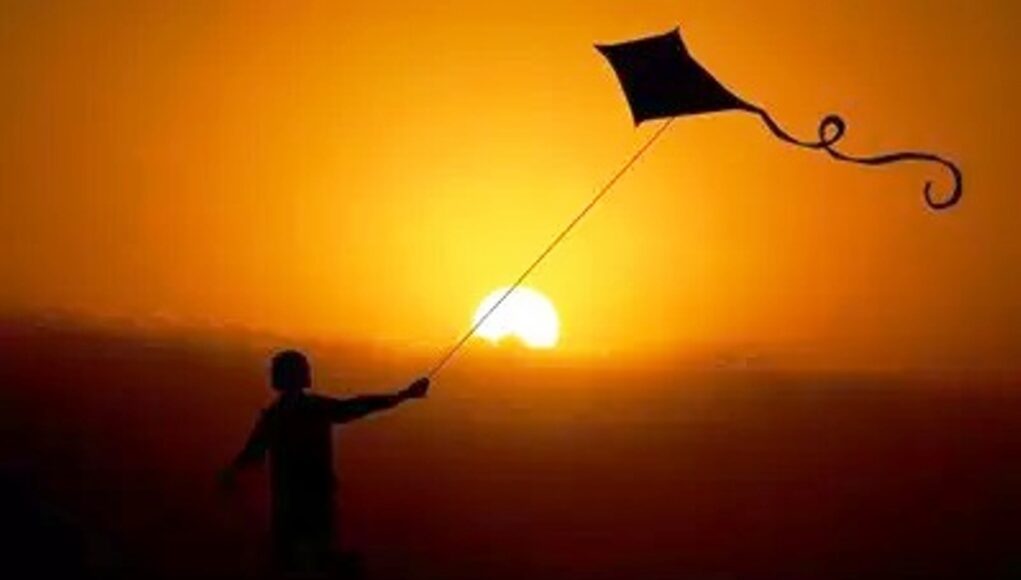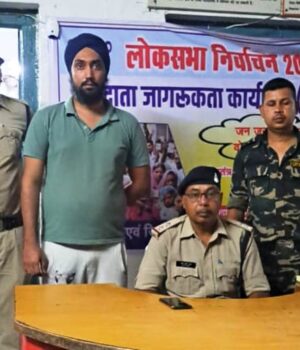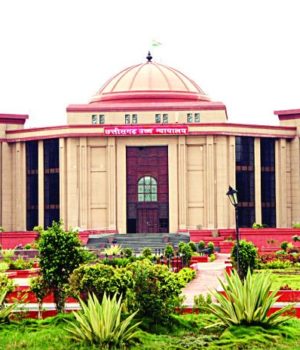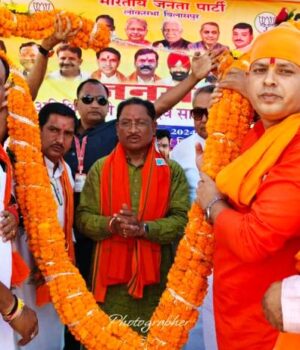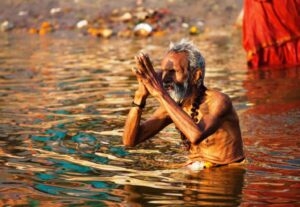
Makar Sankranti is one of the most popular and eagerly awaited Hindu festivals celebrated in India and some neighboring regions. The festival marks the transition of the Sun into the zodiac sign of Makara (Capricorn) according to the sidereal zodiac, which signifies the start of Uttarayana – the six months of the northward journey of the Sun.
Makar Sankranti is celebrated with different names and customs across India, Nepal, and the Indian diaspora around the world. The festival is dedicated to Surya (the Sun God). It also has religious, cultural, seasonal, and social significance. Makar Sankranti signifies the end of the winter solstice and the start of longer days. It observes the northward journey of the sun and celebrates solar energy providing life force on Earth. The festivities usually extend over a period of four days.
## History and Origins
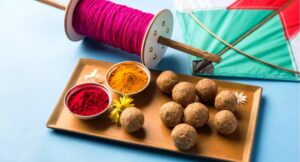

Makar Sankranti has been celebrated in India for over 2,000 years. The festival marks the first day of the sun’s transit into the Makara rashi (Capricorn zodiac sign) and the start of the Uttarayana period, when the sun travels on its northward journey. The festival finds mention in ancient Hindu scriptures like the Puranas, Mahabharata, and Bhagavata Purana indicating it has been observed since ancient times. According to Hindu mythology, Lord Sun visited his son Shani on Makar Sankranti which is why bathing in holy rivers on this day and offering prayers to the sun god is considered auspicious.
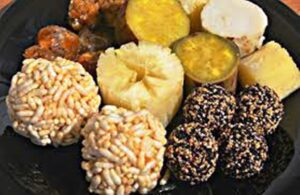

The day also holds special significance in Hindu mythology as it is believed to be the day that Lord Vishnu ended the terrorism of Asuras by finishing them and burying their heads under the Mandar Parvat. This day is known as Kinkrant. Some associate the origin of the festival with the legendary King Bhagirath who is believed to have brought the river Ganga from the heavens to the earth through his penance. Makar Sankranti marks the arrival of Ganga on earth.
Overall, Makar Sankranti represents the values of renewal, purification, and transcendence in Hindu culture. The transition of the sun into Capricorn signifies the end of darkness and the beginning of light and wisdom.
## Significance and Importance
Makar Sankranti holds great spiritual and scientific significance in Hindu culture. Spiritually, it marks the start of Uttarayana, when the sun begins its northward journey. This period is considered auspicious as the days become longer, signifying the victory of light over darkness. Many Hindus take a holy dip in rivers like Ganga on this day as it is believed to cleanse sins and start the new year on a pure note. Scientifically, Makar Sankranti coincides with the winter solstice, marking the end of the winter season. It signals the gradual increase in solar radiation and temperature in the northern hemisphere. This affects wind patterns, ocean currents, and the Earth’s climate. The tilt of the Earth’s axis plays a major role in this seasonal transition. Overall, Makar Sankranti represents the astronomical event causing the weather change on Earth. The combination of spiritual and scientific significance makes Makar Sankranti a unique festival for Hindus worldwide. It celebrates positivity, renewal, and the interplay between science and religion in Vedic culture. ## Celebrations in India Makar Sankranti is celebrated in many different ways across India.
Here are some of the most notable celebrations:
### Bonfires
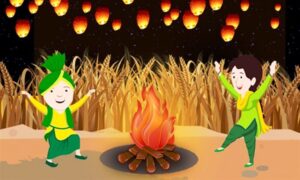

In Punjab, huge bonfires are lit on the eve of Makar Sankranti and people gather around the bonfire to sing and dance. Eating simmered mustard greens and jaggery is also a tradition. The bonfires signify the end of the winter chill.
### Dance Festivals


In South India, different harvest dance festivals are held. In Kerala, dance forms like Kaikottikali or Thiruvathirakali are performed. In Tamil Nadu, Pongal Pandigai is celebrated with dances like Kolattam and cattle races.
### Food Festivals
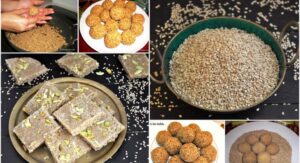

Across India, Makar Sankranti is celebrated with various food festivals and feasts. In Maharashtra, laddoos made from sesame seeds and jaggery are made. In Assam, rice cakes stuffed with coconut and jaggery are made. Many regions make khichdi and offer it to the gods before feasting on it.
### Ritual Bathing
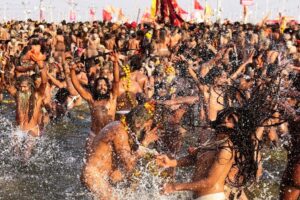

Many people bathe in holy rivers like Ganga on Makar Sankranti. Taking a dip is considered auspicious, as is donating food and clothing to the poor. So in different ways, Makar Sankranti brings people together to celebrate the new harvest season and the ending of the winter solstice. The festive spirit, food and activities vary across states but the underlying theme is the same.
## Kite Flying


One of the most iconic traditions of Makar Sankranti is flying kites across cities and villages in India. Kite flying on this auspicious day is deeply symbolic and an integral part of the festival. The tradition expresses the spirit of freedom, vitality, and joy associated with Makar Sankranti. The kites engaged in a dance and duel in the skies represent the conflict between evil and righteousness. The kite flyers compete to cut each other’s kite strings, believing that successfully cutting kites signifies the triumph of good over wickedness. It’s also seen as a way to cut away the ego, greed, anger and impurities within oneself. The vibrant, colorful kites brighten the sky and symbolize vivacity and prosperity for the coming year. Kite flying starts at dawn and continues through the day. Hotshots coated in crushed glass are used to cut strings. Families spend time together flying kites on terraces and rooftops. Special kite flying festivals are held in cities like Ahmedabad, Jaipur, Hyderabad and Delhi, with international participants joining in. The atmosphere becomes electric and festive, with popular sayings like “kay po chhe” meaning “how many did you cut?” Makar Sankranti just wouldn’t feel complete without the excitement of kite flying!
## Food
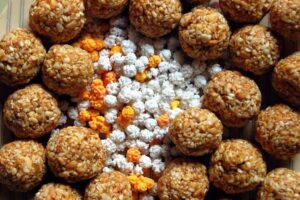

Makar Sankranti is associated with many traditional and local delicacies made from til (sesame seeds), jaggery, and lentils. These special dishes are an integral part of the festivities in India. One of the most iconic Makar Sankranti sweets is ’til ladoo’ – balls made from sesame seeds and jaggery. Til laddoos are a must-have during this festival across India. Their round shape signifies the sun’s orbit. Another popular sweet is ’til chikki’ – brittle made from sesame seeds and jaggery crafted into fun shapes. Several parts of India make ‘puran poli’ – flatbreads stuffed with sweet lentil filling made from chana dal and jaggery. Puran polis are traditionally enjoyed in Maharashtra. ‘Sakara pongal’ – a dish made from rice, moong dal, jaggery, milk, nuts and raisins is an essential Makar Sankranti delicacy in Tamil Nadu. ‘Kheer’ – the iconic Indian rice pudding made with milk, rice, nuts and saffron is also prepared during Makar Sankranti across regions. ‘Dahi chuda’ – a unique dish from eastern India made with flattened rice, curd and jaggery is had on Makar Sankranti. Many families distribute sesame sweets and sugar candies to friends, relatives and neighbors – reflecting the festival’s spirit of spreading joy and positivity. The traditional food items with sesame seeds, jaggery and sugar signify the upcoming spring harvest.
## Celebrations Outside India
Hindu communities outside of India also celebrate Makar Sankranti with great enthusiasm. The festival allows them to stay connected to their roots and traditions even when living far away from India.
### Nepal
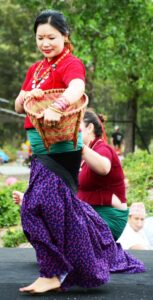

Maghe Sankranti In Nepal, Makar Sankranti is celebrated as Maghe Sankranti. This is one of the biggest festivals in Nepal. People take holy dips in rivers and ponds early in the morning and pray to the sun god. Families gather together to eat sweets like laddus, ghee and sweet rice. An important tradition is worshiping and feeding crows on this day as they are considered ancestors in Nepal. People leave sweets on the roofs for crows to eat. On Maghe Sankranti, the famous fair of Shakti peeths at Sankhu is also held where devotees gather and pay offerings to the goddess. Colorful kites fill the skies as kite flying competitions are held. In rural Nepal, home-made kites using bamboo frames and paper are especially popular during this festival. Maghe Sankranti marks the end of winter and the beginning of longer and warmer days. The festivals represent the victory of good over evil and the start of a prosperous new year.
## Celebrations in the USA
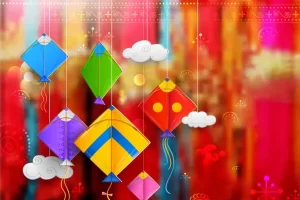

In the USA, Makar Sankranti is celebrated as Uttarayan by the Indian diaspora, especially Gujaratis. Major Uttarayan festivals take place in various cities across the country like New York City, Chicago, Houston, San Francisco and more. The festival symbolizes the sun’s journey to the northern hemisphere and is a time to spread joy and positivity. The main activity is flying colorful kites just like in India. Special homemade sweets are prepared and shared with friends and family. People dress up in traditional Indian clothes and gather in parks or open spaces to fly kites together. The largest Uttarayan celebration in the USA is held in Edison, New Jersey at the Oak Tree Road area. It started in the 1990s and has now become an iconic festival attracting over 100,000 people each year. The festival features kite flying competitions, food stalls, music/dance performances showcasing Indian culture. Uttarayan is a fun community celebration allowing Indian-Americans to stay connected to their roots and traditions. The festival atmosphere and excitement of kite flying brings people together. It’s an opportunity to educate fellow Americans about Indian festivals and values. Overall, Uttarayan in the USA has become an important cultural event for the Indian diaspora.
## Conclusion
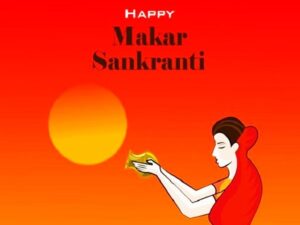

Makar Sankranti signifies an important transition from darkness to light and is a day of joy and celebration all across India and the world. Its significance lies in the power of bringing people together, regardless of caste, class or religion. The festival marks the beginning of the harvest season and is associated with nature and the Hindu solar calendar. People celebrate Makar Sankranti by flying kites, enjoying festive foods, and spending time with loved ones. The kite flying competitions allow people to let go of past grudges and negativity as they look upwards towards the vast sky. By celebrating Makar Sankranti, people show their gratitude for the abundance of nature and wish for prosperity in the coming year. The shared rituals strengthen the community spirit and bring a feeling of unity and harmony. Even as people migrate to different parts of the world, Makar Sankranti is one festival that effortlessly connects people back to their roots. The global celebrations exhibit the beautiful diversity of customs while underscoring the universal human values of joy, optimism and togetherness.

